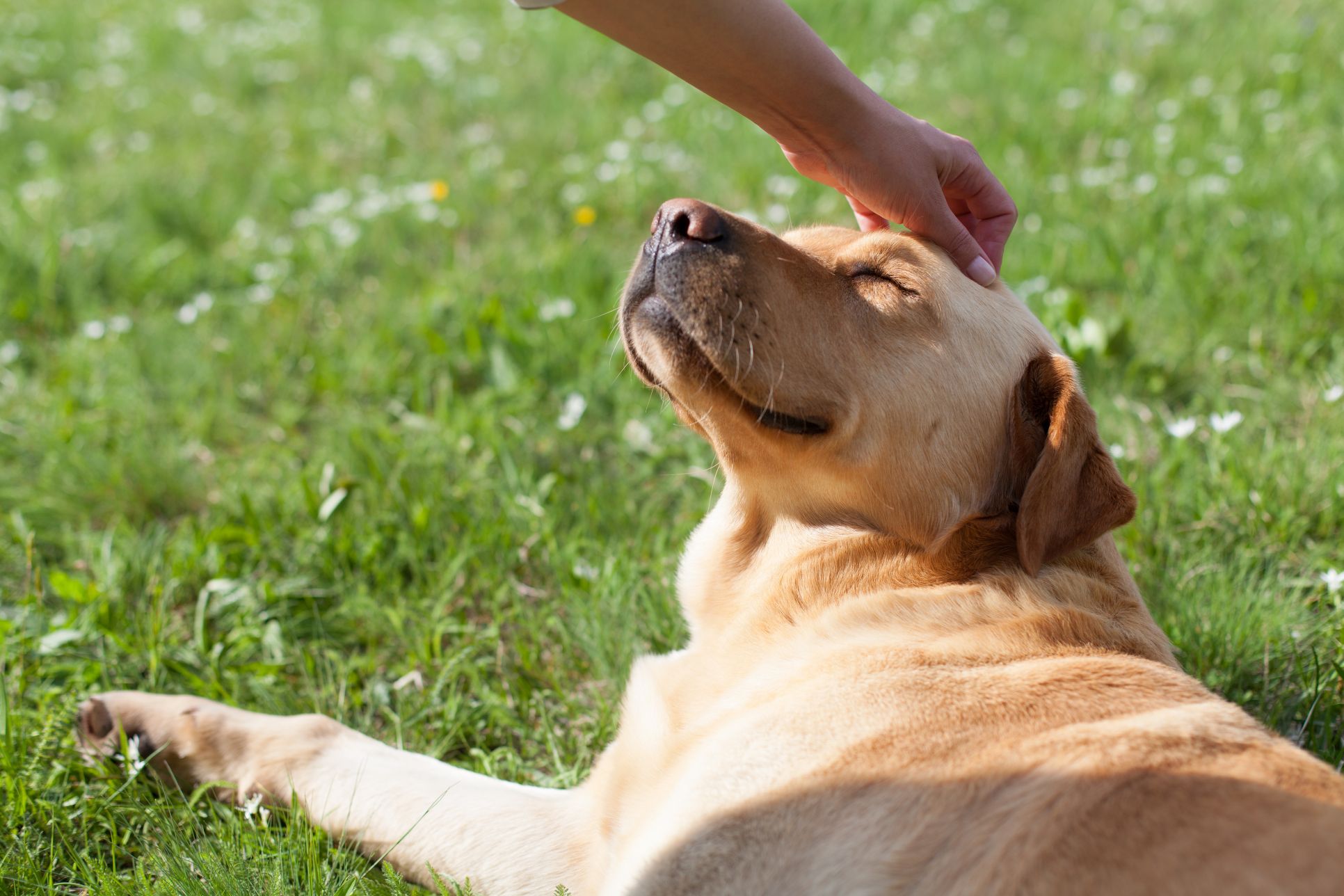Recognizing and Managing Diabetes in Pets

Diabetes is a complex disease affecting how your pet’s body uses glucose. This sugar gives the body the energy it needs to function, but it requires insulin to help it do its job. When a pet has diabetes, the insulin isn’t working as it should, which can lead to an energy starvation situation.
If left untreated, diabetes can lead to serious health problems like blindness and organ failure. So as your dog or cat gets older, it’s essential to watch for diabetes symptoms in pets.
The team at Bayside Animal Hospital shares the top five signs to watch out for when it comes to diabetic pets.
Pet Diabetes Awareness: The Top 5 Symptoms of Diabetes in Pets
1. Increased Thirst and Urination
When a pet has diabetes, their body tries to get rid of excess sugar by flushing it through the urine. This can lead to a noticeably heightened water intake and more trips to your pet’s favorite pee spot than usual. You might also notice an uptick in indoor potty accidents as your pet struggles to get to that preferred potty place on time.
2. Weight Loss
If you notice that your pet seems strangely thin, diabetes might be the culprit. Diabetes impacts your dog or cat’s ability to use glucose for energy. The energy-starved muscles and fat then begin to break down. The liver turns them into sugar in an attempt to fuel the body with energy.
3. Chronic Infections
Is your dog or cat getting a urinary tract infection every other month? Diabetes could be the culprit. Normally, there’s no glucose in your pet’s urine. But in diabetic pets, the body is working hard to flush all the glucose it can’t use. These sugars provide a fertile breeding ground for bacteria, and cause painful infections in your dog or cat’s urinary tract.
4. Cloudy Eyes
Excess sugar can get everywhere in your pet’s body. Even their eyes. And the eye does not like this. In response to the overabundance of glucose, your pet’s eye can become inflamed and clouded with cataracts. Many dogs will develop cataracts within about a year of diabetes onset. Without treatment, they can go blind. Cats experience this symptom much more rarely than dogs do, but it can happen.
5. Appetite Changes
Is your dog suddenly obsessed with food? Does your cat constantly meow and paw at the kibble cupboard? An increased appetite can be a sign of diabetes. This is because your pet’s body thinks it needs more energy from food in order to keep functioning. But because of diabetes, the extra food doesn’t help. So your pet keeps eating more. And more. And more.
Another possibility is a decreased appetite, often from a lack of energy. Your pet might be hungrier than normal but feel too tired to eat.
So if you notice any appetite changes, call your vet as soon as possible.
Managing Pet Diabetes
The good news about a diabetes diagnosis is that it’s the first step in getting your pet the help she needs to thrive again. Veterinarians can put together a plan to manage your pet’s diabetes. This typically includes a special diet, a moderate exercise routine, and daily insulin injections. With these treatments, your pet’s diabetes symptoms should begin to fade.
Your veterinarian can help you monitor your pet’s health for the rest of his pawsome life. And with dedicated diabetes management, there’s a good chance it’ll be a long and happy one, diabetes and all.
Are you worried that your pet might have diabetes? Request an appointment online and we’ll be in touch within 48 hours. We look forward to meeting you and your beloved pet!


